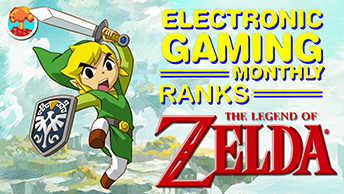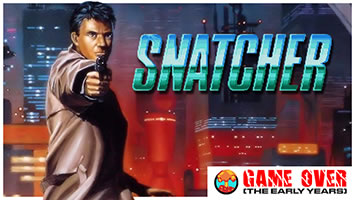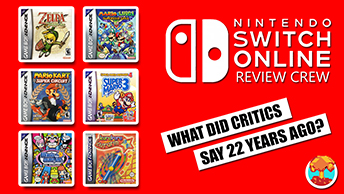- CLASSIC MAGAZINES
- REVIEW CREW
A show recapping what critics thought back
when classic games first came out! - NEXT GENERATION'S BEST & WORST
From the worst 1-star reviews to the best
5-stars can offer, this is Next Generation! - NINTENDO POWER (ARCHIVE)
Experience a variety of shows looking at the
often baffling history of Nintendo Power! - MAGAZINE RETROSPECTIVE
We're looking at the absolutely true history of
some of the most iconic game magazines ever! - SUPER PLAY'S TOP 600
The longest and most ambitious Super NES
countdown on the internet! - THEY SAID WHAT?
Debunking predictions and gossip found
in classic video game magazines! - NEXT GENERATION UNCOVERED
Cyril is back in this spin-off series, featuring the
cover critic review the art of Next Generation! - HARDCORE GAMER MAGAZING (PDF ISSUES)
Download all 36 issues of Hardcore Gamer
Magazine and relive the fun in PDF form!
- REVIEW CREW
- ELECTRONIC GAMING MONTHLY
- ELECTRONIC GAMING MONTHLY RANKS
From Mario to Sonic to Street Fighter, EGM
ranks classic game franchises and consoles! - ELECTRONIC GAMING MONTHLY BEST & WORST
Counting down EGM’s best and worst reviews
going year by year, from 1989 – 2009! - ELECTRONIC GAMING BEST & WORST AWARDS
11-part video series chronicling the ups and
downs of EGM’s Best & Worst Awards!
- ELECTRONIC GAMING MONTHLY RANKS
- GAME HISTORY
- GAME OVER: STORY BREAKDOWNS
Long-running series breaking down game
stories and analyzing their endings! - A BRIEF HISTORY OF GAMING w/ [NAME HERE]
Real history presented in a fun and pithy
format from a variety of game historians! - THE BLACK SHEEP
A series looking back at the black sheep
entries in popular game franchises! - INSTANT EXPERT
Everything you could possibly want to know
about a wide variety of gaming topics! - FREEZE FRAME
When something familiar happens in the games
industry, we're there to take a picture! - I'VE GOT YOUR NUMBER
Learn real video game history through a series
of number-themed episodes, starting at zero! - GREAT MOMENTS IN BAD ACTING
A joyous celebration of some of gaming's
absolute worst voice acting!
- GAME OVER: STORY BREAKDOWNS
- POPULAR SHOWS
- DG NEWS w/ LORNE RISELEY
Newsman Lorne Riseley hosts a regular
series looking at the hottest gaming news! - REVIEW REWIND
Cyril replays a game he reviewed 10+ years
ago to see if he got it right or wrong! - ON-RUNNING FEUDS
Defunct Games' longest-running show, with
editorials, observations and other fun oddities! - DEFUNCT GAMES QUIZ (ARCHIVE)
From online quizzes to game shows, we're
putting your video game knowledge to the test!- QUIZ: ONLINE PASS
Take a weekly quiz to see how well you know
the news and current gaming events! - QUIZ: KNOW THE GAME
One-on-one quiz show where contestants
find out if they actually know classic games! - QUIZ: THE LEADERBOARD
Can you guess the game based on the classic
review? Find out with The Leaderboard!
- QUIZ: ONLINE PASS
- DEFUNCT GAMES VS.
Cyril and the Defunct Games staff isn't afraid
to choose their favorite games and more! - CYRIL READS WORLDS OF POWER
Defunct Games recreates classic game
novelizations through the audio book format!
- DG NEWS w/ LORNE RISELEY
- COMEDY
- GAME EXPECTANCY
How long will your favorite hero live? We crunch
the numbers in this series about dying! - VIDEO GAME ADVICE
Famous game characters answer real personal
advice questions with a humorous slant! - FAKE GAMES: GUERILLA SCRAPBOOK
A long-running series about fake games and
the people who love them (covers included)! - WORST GAME EVER
A contest that attempts to create the worst
video game ever made, complete with covers! - LEVEL 1 STORIES
Literature based on the first stages of some
of your favorite classic video games! - THE COVER CRITIC
One of Defunct Games' earliest shows, Cover
Critic digs up some of the worst box art ever! - COMMERCIAL BREAK
Take a trip through some of the best and
worst video game advertisements of all time! - COMIC BOOK MODS
You've never seen comics like this before.
A curious mix of rewritten video game comics!
- GAME EXPECTANCY
- SERIES ARCHIVE
- NINTENDO SWITCH ONLINE ARCHIVE
A regularly-updated list of every Nintendo
Switch Online release, plus links to review! - PLAYSTATION PLUS CLASSIC ARCHIVE
A comprehensive list of every PlayStation
Plus classic release, including links! - RETRO-BIT PUBLISHING ARCHIVE
A regularly-updated list of every Retro-Bit
game released! - REVIEW MARATHONS w/ ADAM WALLACE
Join critic Adam Wallace as he takes us on a
classic review marathon with different themes!- DEFUNCT GAMES GOLF CLUB
Adam Wallace takes to the links to slice his way
through 72 classic golf game reviews! - 007 IN PIXELS
Adam Wallace takes on the world's greatest spy
as he reviews 15 weeks of James Bond games! - A SALUTE TO VAMPIRES
Adam Wallace is sinking his teeth into a series
covering Castlevania, BloodRayne and more! - CAPCOM'S CURSE
Adam Wallace is celebrating 13 days of Halloween
with a line-up of Capcom's scariest games! - THE FALL OF SUPERMAN
Adam Wallace is a man of steel for playing
some of the absolute worst Superman games! - THE 31 GAMES OF HALLOWEEN
Adam Wallace spends every day of October afraid
as he reviews some of the scariest games ever! - 12 WEEKS OF STAR TREK
Adam Wallace boldly goes where no critic has
gone before in this Star Trek marathon!
- DEFUNCT GAMES GOLF CLUB
- DAYS OF CHRISTMAS (ARCHIVE)
Annual holiday series with themed-episodes
that date all the way back to 2001!- 2015: 30 Ridiculous Retro Rumors
- 2014: 29 Magazines of Christmas
- 2013: 29 Questionable Power-Ups of Christmas
- 2012: 34 Theme Songs of Christmas
- 2011: 32 Game Endings of Christmas
- 2010: 31 Bonus Levels of Christmas
- 2009: 30 Genres of Christmas
- 2008: 29 Controls of Christmas
- 2007: 34 Cliches of Christmas
- 2006: 33 Consoles of Christmas
- 2005: 32 Articles of Christmas
- 2004: 31 Websites of Christmas
- 2003: 29 Issues of Christmas
- 2002: 28 Years of Christmas
- 2001: 33 Days of Christmas
- NINTENDO SWITCH ONLINE ARCHIVE
- REVIEW ARCHIVE
- FULL ARCHIVE
Electronic Gaming Monthly's Best Reviewed Games of 1997
The year is 1997 and somehow the Japanese have convinced the world that they really need to own a Tamagotchi. It was the year that saw Kate and Leo's love hit an iceberg, the sharply-written debut of Buffy and a bunch of chaps from Lancashire go Tubthumping. But we're not here to talk about how we get knocked down, but we get up again and how you're never going to keep us down, because today we're counting down Electronic Gaming Monthly's Best Reviewed Games of 1997. Oh Danny Boy, we're pissing the night away.
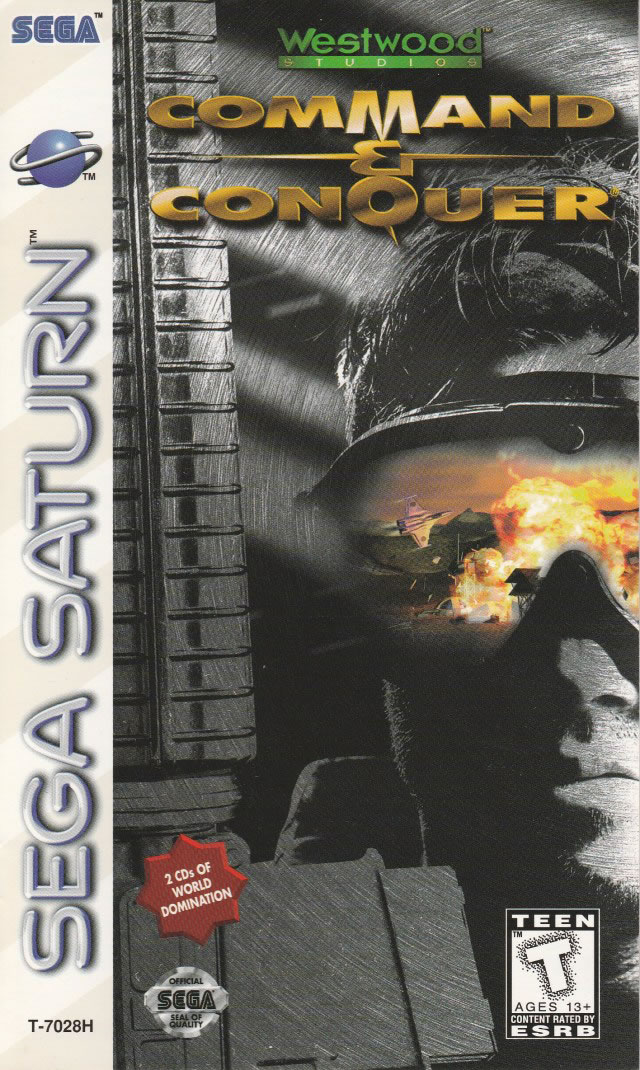
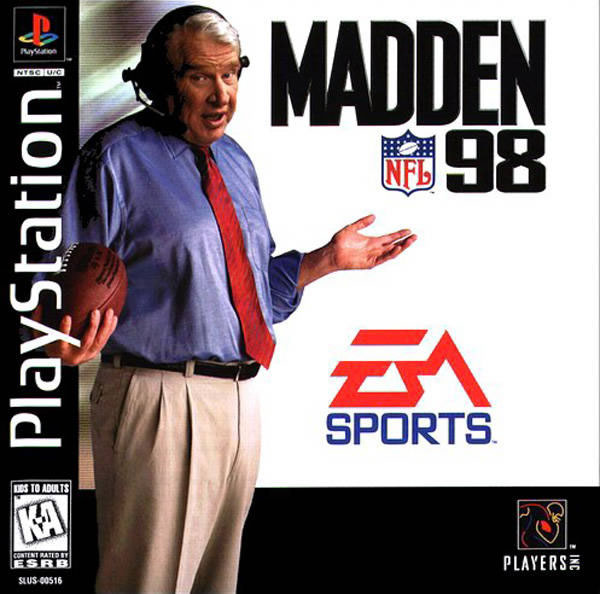
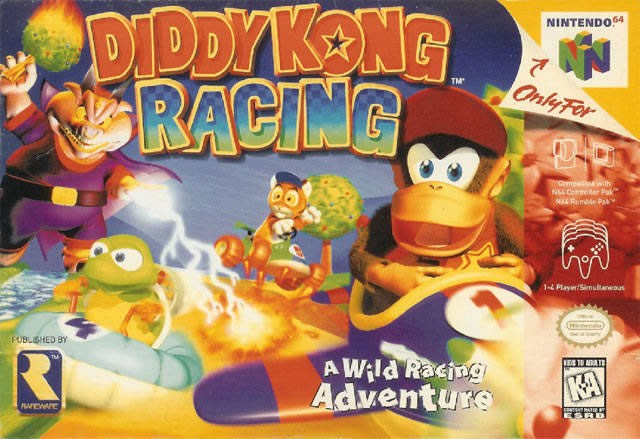
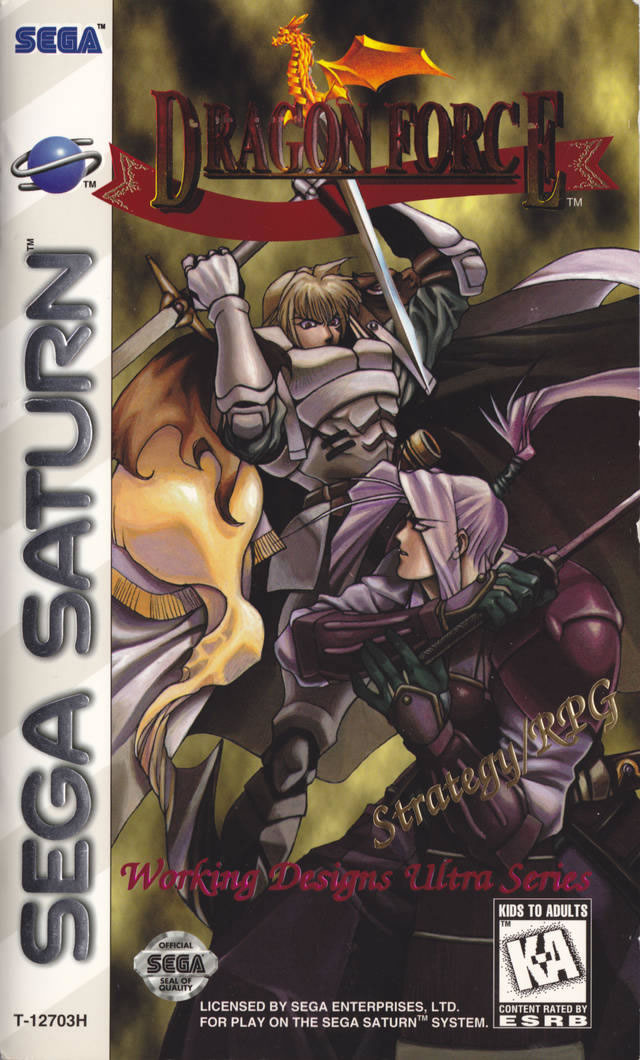
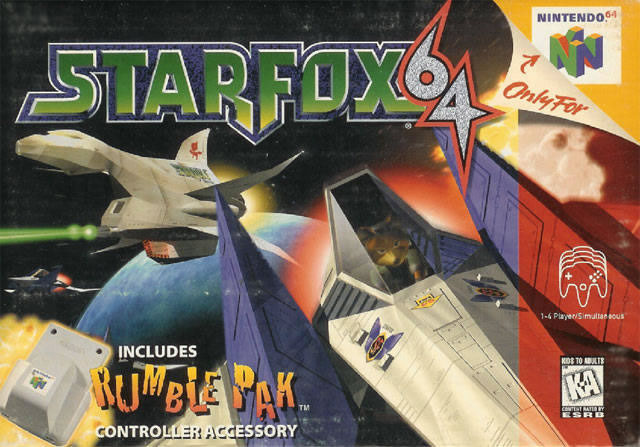
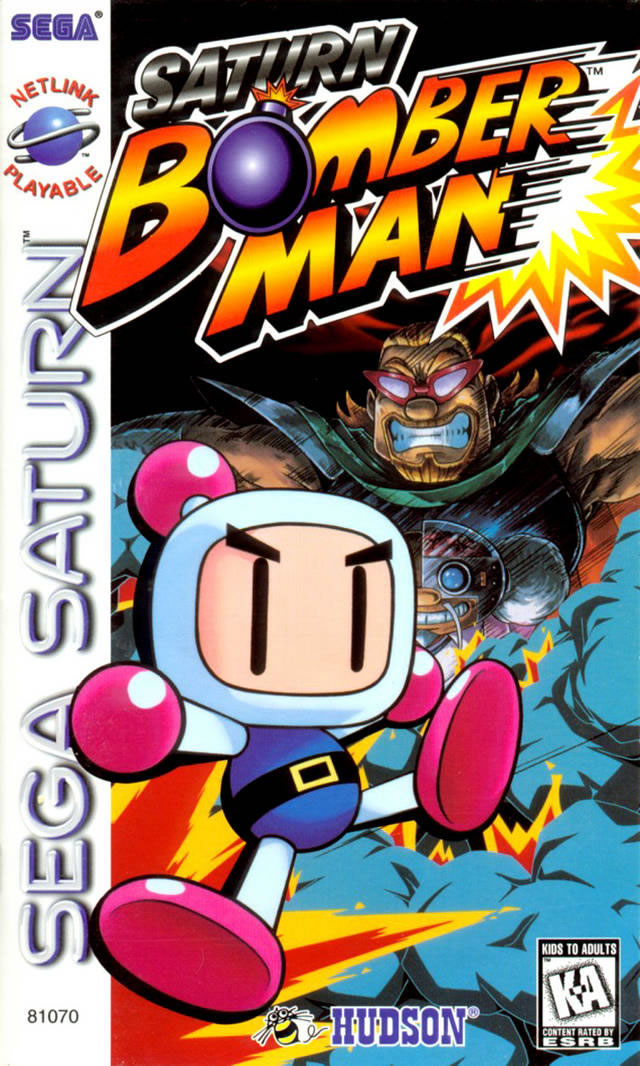
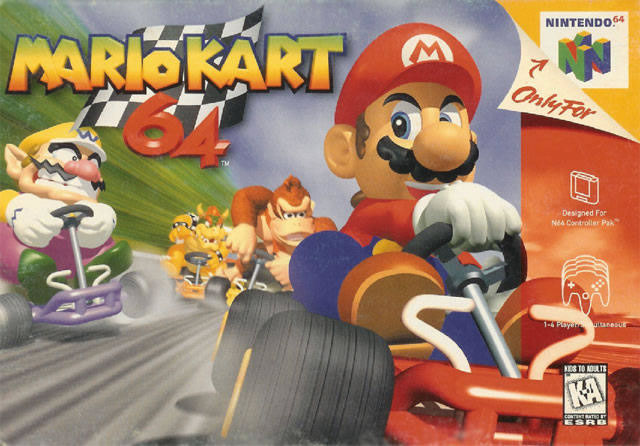
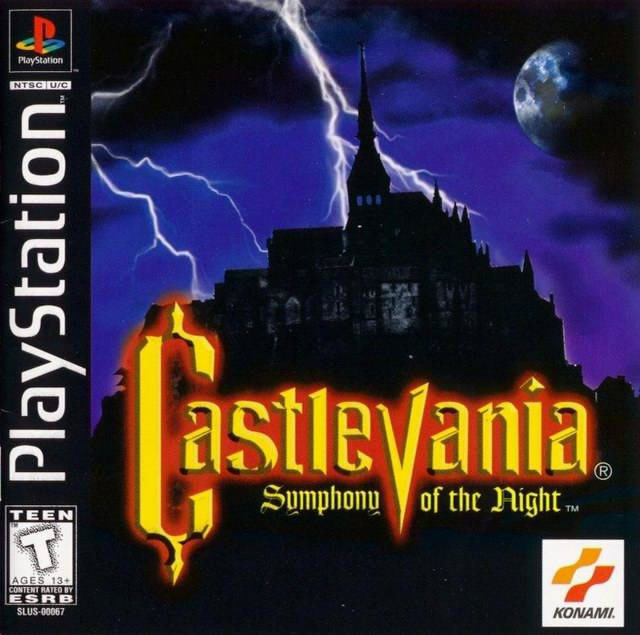
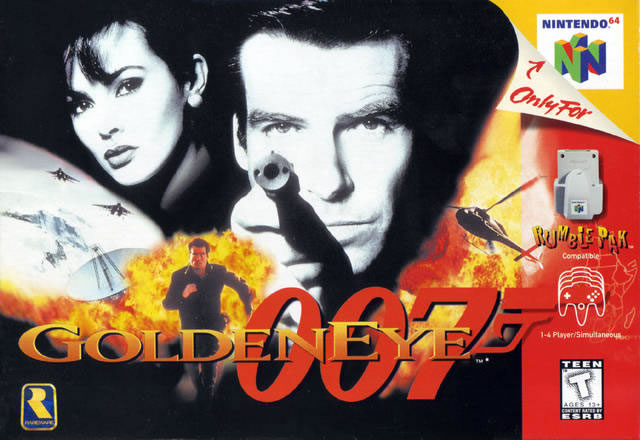
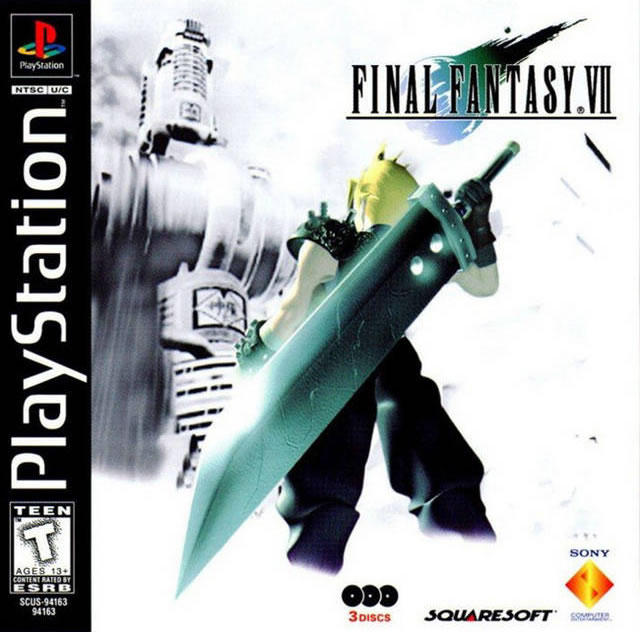

Command & Conquer#10I'm not sure how many times I've heard people tell me that "you can't make a good real-time strategy game on a game console." Apparently those people didn't talk to the editors at Electronic Gaming Monthly, who gave both the Saturn and PlayStation versions of Command & Conquer high marks.
"No strategy game on the Saturn is easier to get into than C&C," starts Crispin Boyer. "You can learn its interface in under five minutes, and from that moment on, the game is every bit as fun and addictive as the Saturn's reigning strategy king, Dragon Force." Everybody liked the game, but there were certainly a bunch of complaints. For example, Shawn Smith took issue with the repetitious music, while Dan Hsu wanted the units to be a little bigger and easier to see. Sushi-X concluded that "the nicest thing about a solid title like this is dreaming of the things that'll be in the sequel." Minor quibbles aside, Command & Conquer averaged a strategic 8.9 out of 10.

Madden NFL '98#9If you've been following these lists and wondering where all the sports games are, then I have a good answer for you. Back in 1994, Electronic Gaming Monthly decided to separate their sports games and create a new section called Team EGM. They would still review sports games, but with only half the critics and a completely different scoring system. All this changed in 1997, when we started to see sports games filtering back into the regular Review Crew, which gives us the ninth best reviewed game of the year -- Madden '98.
"Debate no more," starts Kraig, "Madden NFL '98 is undisputedly the best Madden ever, and that isn't just hype talking." John agreed, saying that "there's no arguing that Madden NFL '98 is the single best football game ever released for the Saturn." Okay, maybe that's not a major feat, but he still loved it. So did Dan, who notes that he's only a casual football video gamer: "Fun in multiplayer, fun by yourself." It's also worth noting that John Madden was named the "Hottest Game Hunk" later that year, while Tifa Lockheart was named the "Hottest Game Babe." Guys, I'm starting to think that maybe this "Hottest Game Hunk" category is kind of a joke. Madden NFL '98 averaged a phenomenal 8.9 out of 10.

Diddy Kong Racing#8Super Mario 64 may have launched the system with a bang, but 1997 was the year when the Nintendo 64 finally came into its own. Diddy Kong Racing is just one of a long list of must-have exclusives for the 64-bitter that we'll be talking about today, as well as the second kart racing game published by Nintendo that year. But don't think the EGM critics were bored by the formula, because they mostly agreed that Diddy Kong brought enough new to the table to stand apart from Mario Kart 64.
"This game is everything Mario Kart 64 should've been but wasn't," says Shawn. Sushi X wasn't as ready to make the direct comparison: "Some may call this a sequel to Mario Kart 64, and they will be partially correct. Only a small tidbit of DKR is reminiscent of Mario Kart 64, while the rest remains unique and fresh." Dan ended up giving the game the lowest score, with an 8.5, and explaining that "DKR could've rated higher, had Mario Kart 64 not stolen most of its thunder." Gee, I wonder if we'll see Mario Kart 64 on this list. For what it's worth, Diddy Kong Racing clocked in with an impressive average of 9 out of 10.

Dragon Force#7Electronic Gaming Monthly wasn't a big fan of Working Designs back in the day. Lunar and its sequel may be considered cult classics now, but the EGM review crew remained largely unmoved by the adventure of Alex Noah. In truth, they didn't warm up to Working Designs until 1997, when they finally had a chance to play Dragon Force.
"Here's the problem with Dragon Force," complains Shawn, "it kept me from my work! This game is really awesome." That was the general consensus at the time, with Crispin chiming in that "Dragon Force is about as good as a strategy game can get." Even Sushi-X was into it: "For a person who doesn't like military sim titles, I was really taken aback by the quality of this game." He concluded that Dragon Force "brings a new level of gameplay unheard of in a military sim." Through the fire and flames, Dragon Force averaged an incredible 9 out of 10.

Star Fox 64#6From the moment it was released in 1993, Star Fox felt like a vision of the future. Sure, it was a little rough and those plain polygons don't look very good today, but there was a sense that this was the direction we were headed. Star Fox 64 gave Nintendo an opportunity to show the true potential of series on hardware that was more than ready to accept the challenge. This game shook the EGM editors, and not just because it came bundled with the Rumble Pack.
"Star Fox 64 is an awesome sequel, worthy of Nintendo's name," crows Sushi-X. "The graphics are superbly done, with little breakup. The bosses are huge and shockingly detailed, sometimes spanning the entire screen." Shawn said the game was almost as good as Mario 64. "Why? Simply because Star Fox 64 not only has the same awesome control and play the original had, but it also adds so many things (like graphic effects, number of enemies, etc.) that make this version so much better." Dan liked the game, but noted that the Rumble Pack is a novelty that wears thins rather quickly. Twenty years later, it's hard to imagine gaming without some sort of force feedback. Whether you liked the rumble or not, Star Fox 64 averaged a high-flying 9.1 out of 10.

Saturn Bomberman#5The Nintendo 64 wasn't the only system with great multiplayer games. True to its name, Saturn Bomberman brought the explosive party game into the 32-bit era. But this wasn't just a port of Super Bomberman or any of the other 16-bit games, because this brand new sequel offers bigger levels and, get this, a ten-player mode. That's two and a half times more action than you had on the Super NES.
"Another old-school game brought over to the next-generation system," starts Shawn. "The outcome: Awesome." Crispin went a step further by making it sacrilegious to be against The Bomberman: "It's a sin not to love these multiplayer masterpieces." Kraig loved the multiplayer mode and widescreen support, but was a little mixed on the slow and repetitive single-player mode. He still gave it a strong score, leading to an average of 9.25 out of 10.

Mario Kart 64#4Released in February of 1997, Mario Kart 64 was the first must-own N64 game of the year. It also launched what I'm going to call the "Year of the Kart," which ended in November with Diddy Kong Racing. But forget about those hairy apes, because Mario Kart 64 was the real racing game king in 1997, with reviews that far exceed the Super NES original.
"Once in a while, a game comes along that's so much fun to play, that you'll look past all its problems. Mario Kart 64 fits that bill," starts a conflicted Dan. The truth is, most of the staff seemed a little underwhelmed by Mario Kart 64, despite giving it nothing but stellar scores. Crispin puts it this way: "Does MK64 offer the dead-on control, sizable selection of racers, multiplayer thrills and secret-packed tracks of the 16-bit original? Yes, yes, yes, and ... well, almost." His gripe? "The 16 courses are long for sure, but they don't pack quite as many secrets and shortcuts as the original." Other critics had different issues, but everybody agreed that Mario Kart 64 was one of the best games of the year.
It was also the game most bought by the EGM staff, and even won an award for it. Clearly this was a big hit, and Mario Kart 64 averaged a fantastic 9.25 out of 10. That's up from the original's average of 8.5 out of 10.

Castlevania: Symphony of the Night#3When it came to selling the PlayStation to the masses, Sony had a very specific strategy: Emphasize a new world of 3D gaming. Although they never came out and said it publicly, it was painfully clear that Sony viewed 2D gaming as a thing of the past. Thankfully, Konami was able to convince the bone-headed execs at Sony that side-scrollers were not dead, because Casltevania: Symphony of the Night turned out to be one of the greatest games of all time. And it's not just me saying that, but also Dan, who said it was a "masterpiece that makes up for Contra: Legacy of War."
As you would imagine, a lot of the reviews centered around Sony's ludicrous decision to blackball most 2D games on the PlayStation. "How ironic that Castlevania X, one of the PlayStation's best games, is 2D," points out Kraig. "I'm so happy that SCEA approved this 'lowly' 2D title for the U.S.," snarks Dan. Crispin didn't worry about the drama, instead choosing to sum up the game this way: "This is exactly what I'm looking for in a 32-bit Castlevania game: Great graphics and animation, plenty of way-cool bosses and tight 2D gameplay."
On top of picking up a bunch of great reviews, Castlevania; Symphony of the Night also managed to snag the Best Middle and Best Sequel awards in EGM's The Good, The Bad and the Silly feature. This influential 2D action game managed to win the critics over with an average of 9.25 out of 10.

GoldenEye 007#2By 1997, first-person shooters were nothing new on home consoles. We had seen Doom and Wolfenstein ports on a bunch of consoles and Alien Trilogy was one of the best reviewed games of 1996. But GoldenEye 007 changed how the editors at Electronic Gaming Monthly looked at the genre, thanks in large part to the insanely addictive four-player mode. And it's not just me saying that, because EGM made their thoughts abundantly clear when they named GoldenEye the "Most Addictive Game of 1997."
"Sniping, peeking around corners and secret levels, weapons and abilities all make GoldenEye a smash hit, the best N64 title on the market to date," gushes Sushi-X. Believe or not, Dan actually changed his opinions about the genre after playing this game: "OK, many of you know how I feel about first-person shooters, but I am VERY impressed with GoldenEye. For once, a game offers more than just: move, kill, move kill." Shawn went one step further, explaining that "GoldenEye is the best game based on a movie ever." He also noted that there was one thing he didn't like, and that's "the sluggish frame rate at certain points in the game."
As expected, GoldenEye 007 cleaned up come awards season. Not only did it win the aforementioned "Most Addictive Game of 1997" award, but also "Best Movie Game" and "Biggest Reason for Missed Deadlines." I feel your pain. GoldenEye 007 on the Nintendo 64 managed to save the world, get the girl and average a score of 9.4 out of 10.

Final Fantasy VII#1Oh how things change. When Electronic Gaming Monthly opened up shop back in the late 1980s, the review crew wasn't completely sold on role-playing games. This mirrored the general temperature of the country, which was more used to fast-paced shooters and platformers. When you read the reviews of early Final Fantasy games, you see critics complaining about being put to sleep by the slow pace. But with each new installment, you started to see even the most stubborn editors warm up to the genre. All this came to a head in 1997, when Final Fantasy VII became Electronic Gaming Monthly's best reviewed game of the year.
Shawn does a good job summing up his transformation: "I was never heavily into the old ones, so I can't talk about plot continuity, but as a standalone RPG, Final Fantasy VII is one of the best I've ever played. Great graphics, sound and overall gameplay." Sushi-X went a step further, explaining that "right from the very start, you are immersed into the story line, and have an active role in your destiny." And then there's Crispin, who wrote this wall of text praising the graphics, the full-motion video, the "stunningly well-modeled polygonal overworld," the minigames, the bosses and more. His only complaints were that "sometimes it's tough to figure out where you need to go in certain areas" and "the music is a tad disappointing."
Final Fantasy VII also managed to pick up more awards than any other game in 1997. We already mentioned that Tifa took home the "Hottest Game Babe" prize, but Final Fantasy VII also managed to pick up awards for "Best Ending," "Best Print Ad" and "Most Hype for a Game." I'm not sure that last one is exactly an honor, but at least EGM felt that the game lived up to the hype. It should come as no surprise to see that Final Fantasy VII averaged a stellar 9.5 out of 10, making it the best reviewed game of 1997.
HOME |
CONTACT |
NOW HIRING |
WHAT IS DEFUNCT GAMES? |
NINTENDO SWITCH ONLINE |
RETRO-BIT PUBLISHING
Retro-Bit |
Switch Planet |
The Halcyon Show |
Same Name, Different Game |
Dragnix |
Press the Buttons
Game Zone Online | Hardcore Gamer | The Dreamcast Junkyard | Video Game Blogger
Dr Strife | Games For Lunch | Mondo Cool Cast | Boxed Pixels | Sega CD Universe | Gaming Trend
Game Zone Online | Hardcore Gamer | The Dreamcast Junkyard | Video Game Blogger
Dr Strife | Games For Lunch | Mondo Cool Cast | Boxed Pixels | Sega CD Universe | Gaming Trend
Copyright © 2001-2024 Defunct Games
All rights reserved. All trademarks are properties of their respective owners.
All rights reserved. All trademarks are properties of their respective owners.













